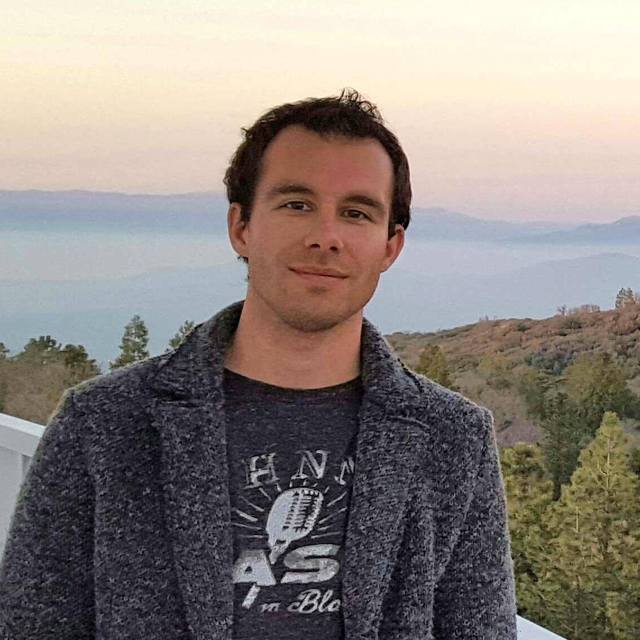
The Web Epoch of Reionization Lyα Survey (WERLS). I. MOSFIRE Spectroscopy of z ∼ 7–8 Lyα Emitters
July 2024 • 2024ApJ...970...50C
Abstract • We present the first results from the Web Epoch of Reionization Lyα Survey (WERLS), a spectroscopic survey of Lyα emission using Keck I/MOSFIRE and LRIS. WERLS targets bright (J < 26) galaxy candidates with photometric redshifts of 5.5 ≲ z ≲ 8 selected from pre-JWST imaging embedded in the Epoch of Reionization (EoR) within three JWST deep fields: CEERS, PRIMER, and COSMOS-Web. Here, we report 11 z ∼ 7–8 Lyα emitters (LAEs; three secure and eight tentative candidates) detected in the first five nights of WERLS MOSFIRE data. We estimate our observed LAE yield is ∼13%, which is broadly consistent with expectations assuming some loss from redshift uncertainty, contamination from sky OH lines, and that the Universe is approximately half-ionized at this epoch, whereby observable Lyα emission is unlikely for galaxies embedded in a neutral intergalactic medium. Our targets are selected to be UV-bright, and span a range of absolute UV magnitudes with ‑23.1 < M UV < ‑19.8. With two LAEs detected at z = 7.68, we also consider the possibility of an ionized bubble at this redshift. Future synergistic Keck+JWST efforts will provide a powerful tool for pinpointing beacons of reionization and mapping the large-scale distribution of mass relative to the ionization state of the Universe. *The data presented herein were obtained at the W. M. Keck Observatory, which is operated as a scientific partnership among the California Institute of Technology, the University of California and the National Aeronautics and Space Administration. The Observatory was made possible by the generous financial support of the W. M. Keck Foundation.
Links
- PREPRINT http://arxiv.org/abs/2309.06656
- NED https://ned.ipac.caltech.edu/uri/NED::InRefcode/2024ApJ...970...50C
- ELECTR https://doi.org/10.3847/1538-4357/ad4c6c
- SIMBAD https://simbad.u-strasbg.fr/simbad/sim-ref?querymethod=bib&simbo=on&submit=submit+bibcode&bibcode=2024ApJ...970...50C
- PDF https://iopscience.iop.org/article/10.3847/1538-4357/ad4c6c/pdf
- DATA https://archive.stsci.edu/mastbibref.php?bibcode=2024ApJ...970...50C
- DATA https://archive.stsci.edu/mastbibref.php?bibcode=2024ApJ...970...50C
- DATA https://doi.org/10.17909/z7p0-8481
- DATA https://hst.esac.esa.int/ehst/#/pages/search;bibcode=2024ApJ...970...50C



